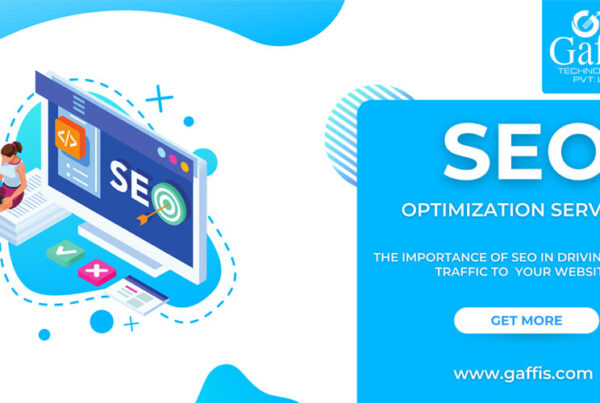2023 will be a crucial year for software developers. Not only will it see the debut of new operating systems from Google and Apple, but it will also be the year that nearly all major smartphone and PC software updates are unleashed. With the promise of faster speeds and more memory, coupled with affordable prices, it’s fair to say that many traditional markets for software development will be rocked by changes.
In the face of such disruption, how can software developers ensure they remain relevant in the eyes of their customers? While it’s always important for software developers to stay ahead of the curve, it’s not always the most attractive option. That’s why we’ve selected 5 trends that we believe will have a significant impact on the way we develop software in the coming year.
1. AI-Assisted Programming Takes Off
The software development industry is ever-evolving, and the advancements we’ve seen over the past few years point to an exciting future. In the year 2023, AI-assisted coding is expected to take off, with the help of tools like Github, Copilot, and Amazon CodeWhisperer to facilitate and streamline the process. AI-assisted coding can take the grunt work out of coding and make it easier for developers to find and correct errors in their code. With AI-assisted coding, developers can also use machine learning algorithms to generate code for specific tasks. Additionally, automated testing tools built into platforms like Github will make sure that code remains secure and up-to-date. All of this will lead to more efficient and cost-effective software development projects as well as better quality code. We can also expect to see more collaborative opportunities in the software development field, as AI-assisted coding will facilitate better communication, coordination, and collaboration between teams and project members. The future of software development looks bright, and AI-assisted coding is an exciting trend to look out for in 2023.
2. Low-code programming becomes less appealing.
Low-code programming has been gaining traction in the software development industry for the past few years, but it appears its popularity will start to wane in 2023. Low-code programming was initially seen as a way to rapidly create applications with minimal effort; however, its limitations are starting to become apparent. Developers are beginning to realize that it’s not a suitable solution for all projects, as it often results in applications with poor performance, scalability, and security. Furthermore, the cost of using low-code programming can quickly add up, making it less attractive when compared to custom software development. As the technology matures and developers become more familiar with it, there’ll be less of a need for low-code programming.
3. Crypto and blockchain development wind down
Crypto and blockchain development have seen a steady wind over the past few years, and this trend is expected to continue in the coming years. By 2023, blockchain development is likely to reach a plateau as the industry matures. While blockchain technology will continue to be used for a variety of applications, the need for new development in this area will decline. Instead, software developers will focus on creating applications that utilize existing blockchain technology, such as digital wallets and decentralized applications. As the blockchain industry matures, software developers will shift their focus to other areas of software development, such as artificial intelligence, the Internet of Things, and machine learning. As such, the demand for developers with blockchain experience may decline, while the demand for developers with other software development experience will increase.
4. Monoliths move to Containers
The move from monoliths to containers in software development is a movement that many companies are beginning to embrace. In 2023, this trend is expected to be even more prevalent. Containers are lightweight virtual environments that provide an efficient way of packaging and deploying applications. Their flexibility and scalability make them a great option for software development. Furthermore, their containerized architecture reduces the complexity of managing, deploying, and running applications. This increased efficiency allows developers to focus on innovation and improving product quality. Furthermore, they provide a platform that supports rapid deployment and scalability. This makes them ideal for large-scale projects and applications that require multiple teams to work together. All of these advantages make containers an attractive option for software development in 2023 and beyond.
5. Software Developer hiring Slows down
The hiring of software developers is expected to slow down in 2023 as the effects of the general economic slowdown over the past few years begin to take hold. Companies are reticent to add new headcount due to rising costs and uncertainty in the market, and several major tech companies have announced large layoffs and departures. This is likely to cause a ripple effect in the software engineering job market as companies become more conservative in their hiring practices. Although the job market may take a hit, the demand for quality software developers won’t go away. Companies will still need to hire talented engineers to develop and maintain their software products, so those skilled in the field will have no trouble finding work.
Conclusion
Some interesting new software development trends, like AI-assisted coding, are anticipated to take off in 2023. Older trends, such as the creation of blockchain apps and low-code programming, will also experience a cooling off during this time. Additionally, the job market for software development may be beginning to stabilize.









